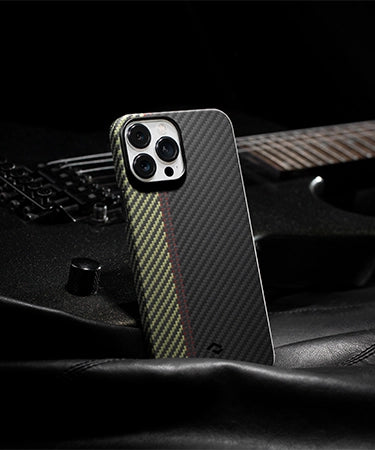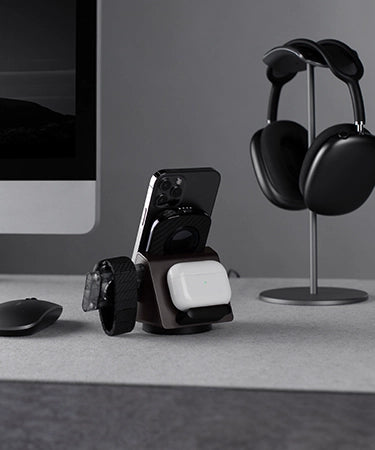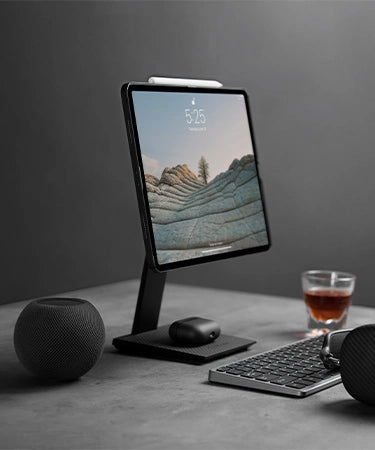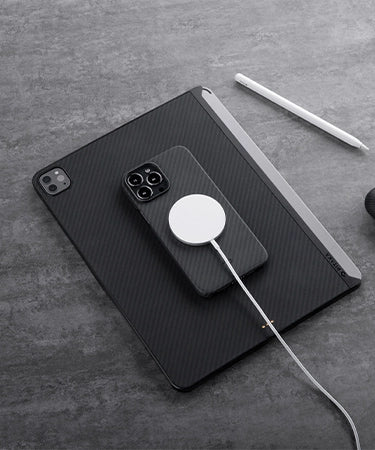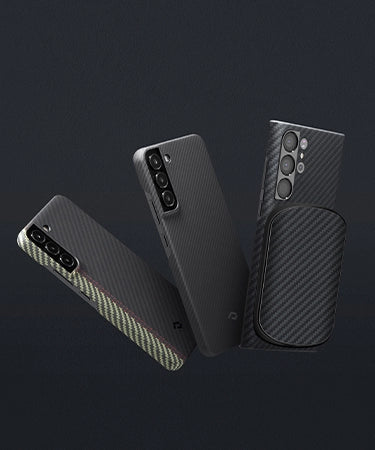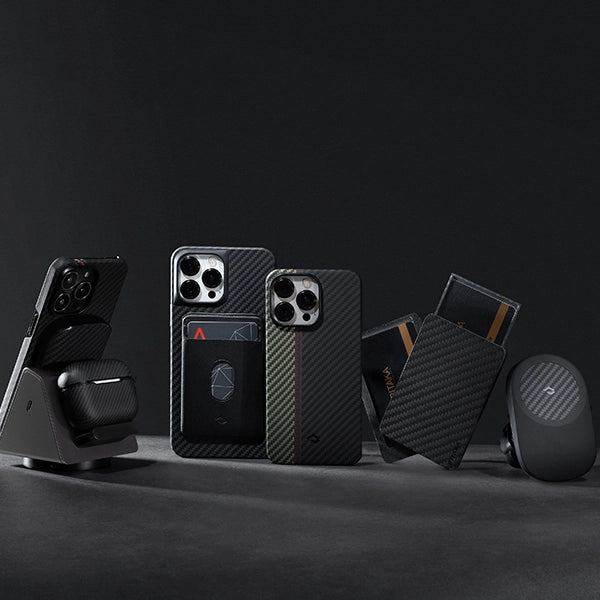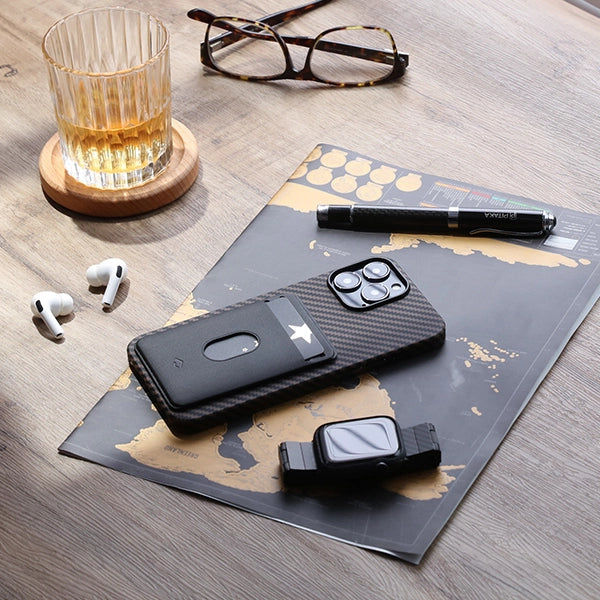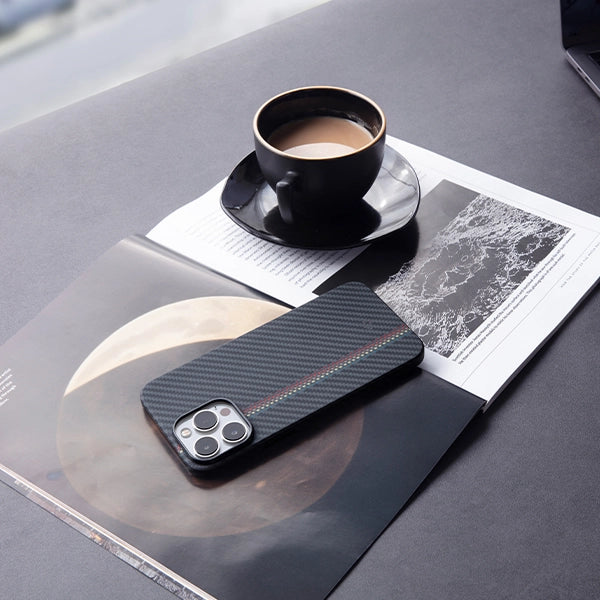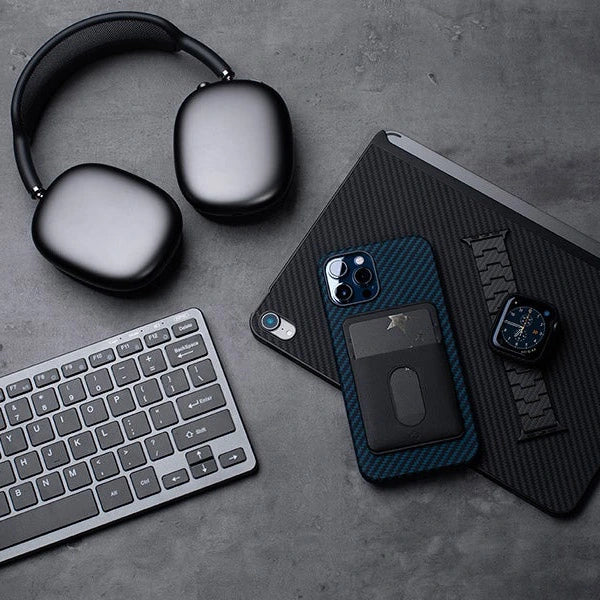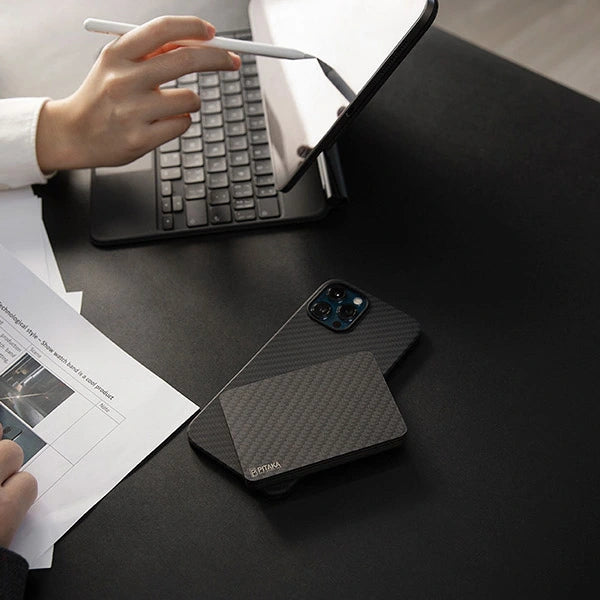
It's no secret that Apple and Google have been stark competitors for the last decade, replacing the previous Apple vs Microsoft conflict that existed for several decades prior. Since 2010, when Google released its very first smartphone, the two companies have been competing in nearly identical niches of the tech industry.
Google creates a GPS-based maps service, Apple follows suit; Apple moves to bigger phone screens, Google follows suit; Google starts working on self-driving cars, Apple follows suit. Whether it's smartphones, laptops, services, or new tech like augmented reality, the two companies are actively one-upping one another in an attempt to be the biggest fish in the silicon sea.

This has largely been a good thing for the industry, forcing both companies to up their game and put out the best product possible. For consumers, though, it hasn't all been positive, dividing people between Apple users and Google users. However, this divide could start to shrink thanks to a few key collaborations between the two companies.
What Are The Key Collaborations Between Apple and Google?
Over the last two years, Apple and Google have slowly been working together in narrow, but important, ways, which we'll explore below. For now, these collaborations transcend the marketplace, tackling issues like health, safety, and privacy. But it could be a sign that other types of cooperation are on the horizon.
The Coronavirus Tracking System
The most recent and groundbreaking collaboration between Apple and Google is in creating a Coronavirus contact tracing system. Contact tracing is a means of keeping track of who is infected and who isn't, allowing the infected and uninfected to avoid one another more easily.
To help slow the spread of COVID-19, Apple and Google announced a partnership on April 10th, 2020 in which the two companies would create their own contact tracing system. This system (set to launch in May) will use smartphones and Bluetooth to alert individuals when they are in the proximity of an infected person. The service will be free, opt-in only, and most importantly, device neutral; iPhones and Androids will communicate with one another to provide a groundbreaking service.
The Shared Smart Home Standard

Last December, Apple and Google announced another collaboration between them, and the Zigbee Alliance (a foundation that supports the development of IoT). This collaborative effort aims to soften the competitive edge in the smart home space to facilitate faster progress in the smart home industry.
This industry, which has been around since the early 2010s, has failed to reach the status of other connected devices, like smartphones and tablets, despite occupying a very similar segment of the marketplace. Though not the only reason, one of the key reasons is the lack of interoperability between competing devices. Unlike a smartphone, which is usually a standalone purchase, smart home products are each part of a larger smart home ecosystem.

Because these ecosystems have been so competitive and exclusive, the industry has had a hard time finding its footing. The shared smart home standard will lower these barriers, allowing competing devices to interact with one another. This will simplify the manufacturing process, improve flexibility for consumers, and strengthen privacy standards.
Apple Uses Google's Cloud

A less prominent (though still interesting) collaboration between Google and Apple is their shared cloud. More specifically, Apple uses Google's cloud servers to provide its iCloud services. Apple doesn't have any of its own servers for storing its customers' iCloud data, which has been the case since iCloud first launched.
Though Apple has moved between hosts for iCloud, including Microsoft and Amazon, it was revealed in early 2018 that Google has become the backbone of Apple's iCloud service. As far as anyone knows, this is still the case.
If you're an iCloud user, you may be worried about Google storing your information rather than Apple. Although this is a reasonable concern, Apple has already addressed it. All of your iCloud data is anonymously encrypted before it's stored on Google's servers; all Google can see is countless terabytes of nonsensical data, and it can't even determine which data belongs to who.

So even though the actual storage of your iCloud files is hosted on Google's servers, the service aspects of iCloud are still completely controlled and protected by Apple. It's a unique collaboration that provides you with the security and ease of Apple's ecosystem with the reliability of Google's servers.
How Do Apple and Google Users Benefit From These Collaborations?
Now that we've covered the big three ways that Apple and Google collaborate, it's time to talk about how users like you benefit from the two tech giants working with one another.
Life Is More Convenient

This is the big one. Whether you're a Google or Apple user, your life becomes significantly more convenient when the two companies are working together.
The shared smart home standard is a great example of this. As this collaboration starts to be implemented, you won't have to think too hard about which smart home accessories you want to buy; they'll all be easily interchangeable with one another, allowing you to focus on the products (not the brands) you want to purchase.
You Get More Out Of Your Devices

Additionally, you get more out of your devices when Apple and Google are acting in harmony with one another. Take the Coronavirus tracking system as an example. No matter what smartphone you own, you're about to have access to an incredibly useful and potentially lifesaving tool that wouldn't be possible without this collaboration.
The cooperation on cloud services is another way that you benefit from the two companies working together. Through the partnership, you receive the best aspects of both brands. This tends to be the result when companies work together, which is why we hope it's a trend that continues.
Other Ways That Google and Apple Could Collaborate
So far, all of the means of collaboration that we've discussed between Apple and Google center around one area of tech: software services. While this is great, it also leaves an obvious opening for even greater collaboration, and that's through hardware.
For years, the hardware differences between iOS and Android devices have led to friends and families fighting over smartphone cases, headphones, and charging cables, since none of these things are compatible across platforms. Apple exclusively uses its proprietary Lightning connector on iPhone and standard iPads, which means that these devices use a cable that can’t be shared with any other devices you happen to own. Meanwhile, the rest of the industry is rapidly moving to adopt USB C.

When Apple first made the switch to the Lightning connector, it was one of the smallest and fastest ports available. Now, however, its age is beginning to show. It’s a much slower alternative to USB C, with far fewer use cases. And, as it’s made by Apple, it’s more expensive to replace than a USB C cable. Until Apple ditches the Lightning connector, Apple users are going to be stuck carrying multiple cables around.
In the future, an exciting application of cooperation could be to create port standards on smartphones. That way, you would be able to share all of your device accessories with your friends regardless of which smartphone they happen to use.
How To Manage The Apple-Google Conflict In The Meantime
Although having Apple and Google work together to create smartphone standards that improve device interoperability, for now, we're left looking for an external solution to the Apple-Google conflict. Fortunately, there is a solution: the Air Omni charging station.

The Air Omni is a 6-in-1 charging station that's packed to the brim with innovative features. It can charge all of your mobile Android and iOS devices at once without the need for separate cables or accessories. It features two Qi charging points, great for charging most flagship smartphones and other wireless devices, like the AirPods. It has a special wireless charging point for the Apple Watch as well for the fans of Apple's best-selling wearable.
In addition, the Air Omni has an interchangeable connector that switches between USB C and Lighting. This allows you to charge iPads, iPad Pros, and Android phones with a USB C port. On the side of the Air Omni are two additional USB ports that you can use to connect any USB cables to for whatever devices you want to charge.
The Bottom Line
The recent increase in cooperation between Apple and Google is already benefiting both companies, consumers, and the tech industry as a whole. Even though we wish they were collaborating in even more ways, it's still exciting to see the companies making history in their partnership. If you're looking for a way to settle the Google vs Apple debate in your own home, considering picking up the Air Omni, the 6-in-1 charging station designed to bring peace between the infamous rivalry.
